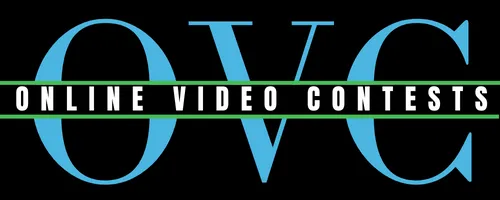Enter contests. Win big!
Your one stop shop for up-to-date online video contests! Enter to win big today!

New Contests Open NOW!
Enter these contests before it's too late!

The Art of Storytelling: Filmmaking Techniques to Captivate Your Audience
Filmmaking is a remarkable blend of art and science, and at its core, it's all about storytelling. A well-told story has the power to captivate and move audiences, leaving a lasting impact. Whether you're an aspiring filmmaker or simply curious about the magic behind the screen, this blog post will explore essential filmmaking techniques that can help you craft compelling narratives and engage your audience.
1. The Power of Visual Storytelling
Film is a visual medium, and the visuals you create are instrumental in conveying your story's emotions and themes. Consider the following techniques:
Cinematography: Learn to use camera angles, framing, and movement to evoke specific emotions and create visual interest.
Composition: Pay attention to the arrangement of elements within the frame. The rule of thirds, leading lines, and balance are key compositional principles to master.
Color Palette: The colors you choose can convey mood and symbolism. Utilize color theory to enhance your storytelling.
2. The Art of Editing
Editing is where the raw footage transforms into a cohesive narrative. Here's what you should focus on:
Pacing: Control the rhythm of your film by varying shot lengths and using techniques like jump cuts or slow-motion to evoke different emotions.
Montage: Use montage sequences to condense time, convey information efficiently, or build tension.
Sound Design: Sound is as crucial as visuals. Effective use of music, sound effects, and silence can intensify the emotional impact of a scene.
3. Character Development
Engaging characters are the heart of any story. To make your characters memorable:
Character Arcs: Create compelling character arcs that allow your characters to grow and change throughout the story.
Motivations: Understand your characters' motivations, fears, and desires. These elements drive their actions and decisions.
Conflict: Conflict is essential for character development. Introduce obstacles and challenges that push your characters to evolve.
4. Story Structure
A well-structured story keeps your audience engaged from beginning to end. Consider these storytelling elements:
Three-Act Structure: Many successful films follow a three-act structure, with a setup, confrontation, and resolution.
Inciting Incident: The incident that sets the story in motion should be attention-grabbing and intriguing.
Climax: The climax is the story's emotional peak, where conflicts come to a head and decisions are made.
5. Visual Metaphors and Symbolism
Visual metaphors and symbolism can add depth and layers to your storytelling. Subtle cues can convey subtext and meaning that enrich the viewing experience.
6. Audience Engagement
Consider your audience's expectations and engagement throughout the film:
Pacing: Maintain a balance between action, suspense, and quieter moments to keep your audience invested.
Surprises: Offer unexpected twists or revelations that keep viewers on the edge of their seats.
Empathy: Make your audience care about your characters by giving them relatable qualities and vulnerabilities.
Conclusion
Filmmaking is a dynamic art form where creativity and technical expertise intersect to create compelling stories. By mastering these filmmaking techniques, you can elevate your storytelling skills and leave a lasting impression on your audience. Remember that storytelling is an evolving craft, so keep experimenting, learning, and honing your skills as a filmmaker. The world is waiting for your stories to be told, so grab your camera, start shooting, and let your imagination run wild.
Follow Online Video Contests
Never miss a new contest alert! Follow us on social media to stay up to date on everything OVC.



Copyright 2023 | Online Video Contests
Contact
partnerships@onlinevideocontests.com
